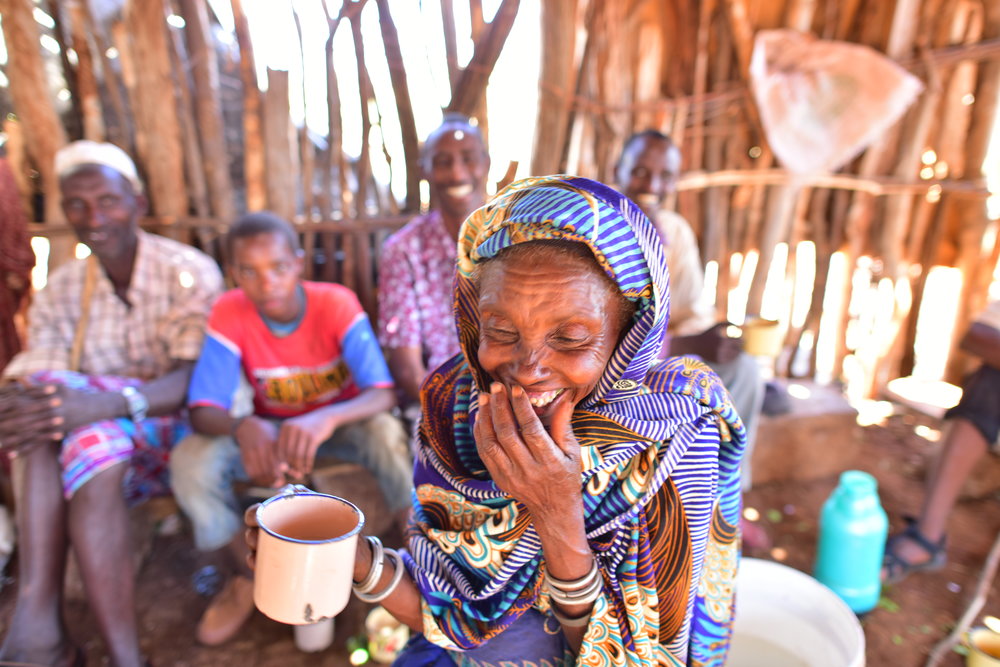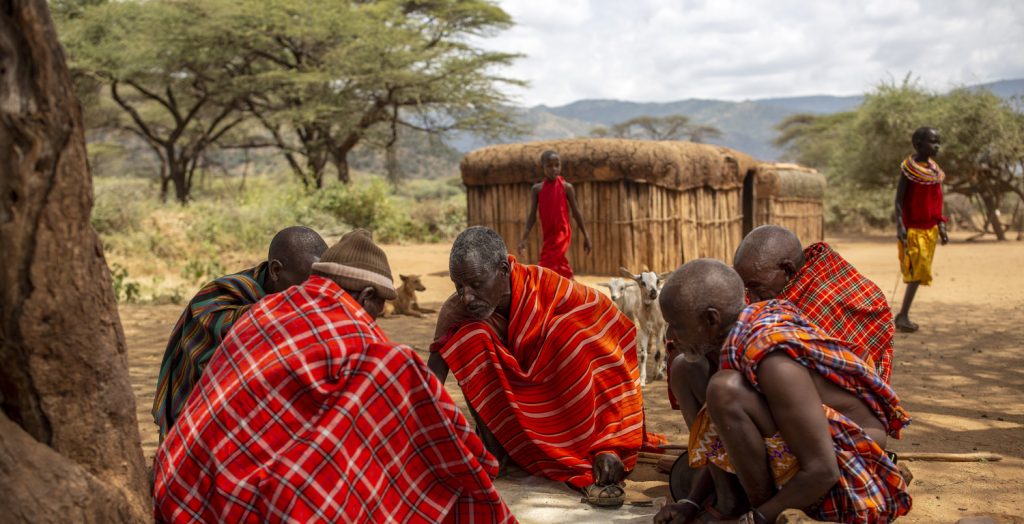I’ve been meaning to share the Northern Rangelands Trust’s bi-annual report, which has been sitting on my desk for longer than I care to admit.
As an introduction to the Trust, do have a read of Will Jones’s piece, penned a few years ago. Will cut his lodge-managing teeth in northern Kenya in the 1990s, when ‘human-animal conflict, the pressures of livestock grazing, and poaching had all served to reduce wildlife numbers’ in lots of areas now protected by the Trust. The NRT grew out of Il Ngwesi and Namunyak (now conservancies) adapting ‘practices first trialled by the Craig family on what is today the Lewa Conservancy’, which had demonstrated the power of ‘mixed land-use and community-based conservation strategies’, and in particular that of the combination ‘wildlife tourism operating in conjunction with livestock production’.
As Will says, the obvious successes of the strategy caught on. With more and more communities in Northern Kenya (and now the coast and parts of Uganda) getting involved, it warranted the setting up an ‘umbrella organisation, one dedicated to providing guidance and training, and to operate as a fundraiser’.

The NRT was founded in 2004, has evolved considerably since then, and even since Will’s piece came out, and remains a flagship model for anyone interested in community-led conservation strategies. Owned and led by ’43 diverse community conservancies’, its approach – underpinned by good governance, effective management, and financial viability – has restored and revitalised vast swathes of land that was at risk of becoming or had already become unusable, promoting peace between previously warring communities, and doing exactly what it has set out to do from day one: ‘transform lives’.
I will leave it for you to have a read of the the report at your leisure, which includes details of its efforts to mitigate the effect of the ‘historic drought’ that affected much of the area, its advances in the name of always ‘showing up nature’, particularly from a technological point of view, and its support for the eco-businesses that sustain the communities beyond their traditional pastoral economies. Before going, however, I’ll leave you with a story told by NRT’s CEO Tom Lalampaa in his welcome to the report:
‘There are moments in NRT’s history that have been completely captivating, leaving an indelible impression on our hearts and minds. One of these unforgettable memories was made earlier this year when a request came through from H.E. James Lowasa, the Isiolo County Deputy Governor.
His team in the health department had received a distress call from a family in Sericho Ward. An expectant woman had a medical emergency, and the County’s ambulance could not access the lady’s home due to severe flooding in the area. Was NRT in a position to help? Our team sprung into action to save the woman’s life and that of her unborn baby, promptly airlifting her to Isiolo County Teaching and Referral Hospital (ICTRH), where she received the critical care she needed.
This incident was a timely reminder of what the NRT community conservancy model is about— working hand in hand with our partners to make a real difference in indigenous communities through conservation.’
You’ll forgive me lifting this verbatum from Tom’s address. He tells it far better than I could or would. If you’d like to learn more or would like to contribute to NRT’s work, please do get in touch.
